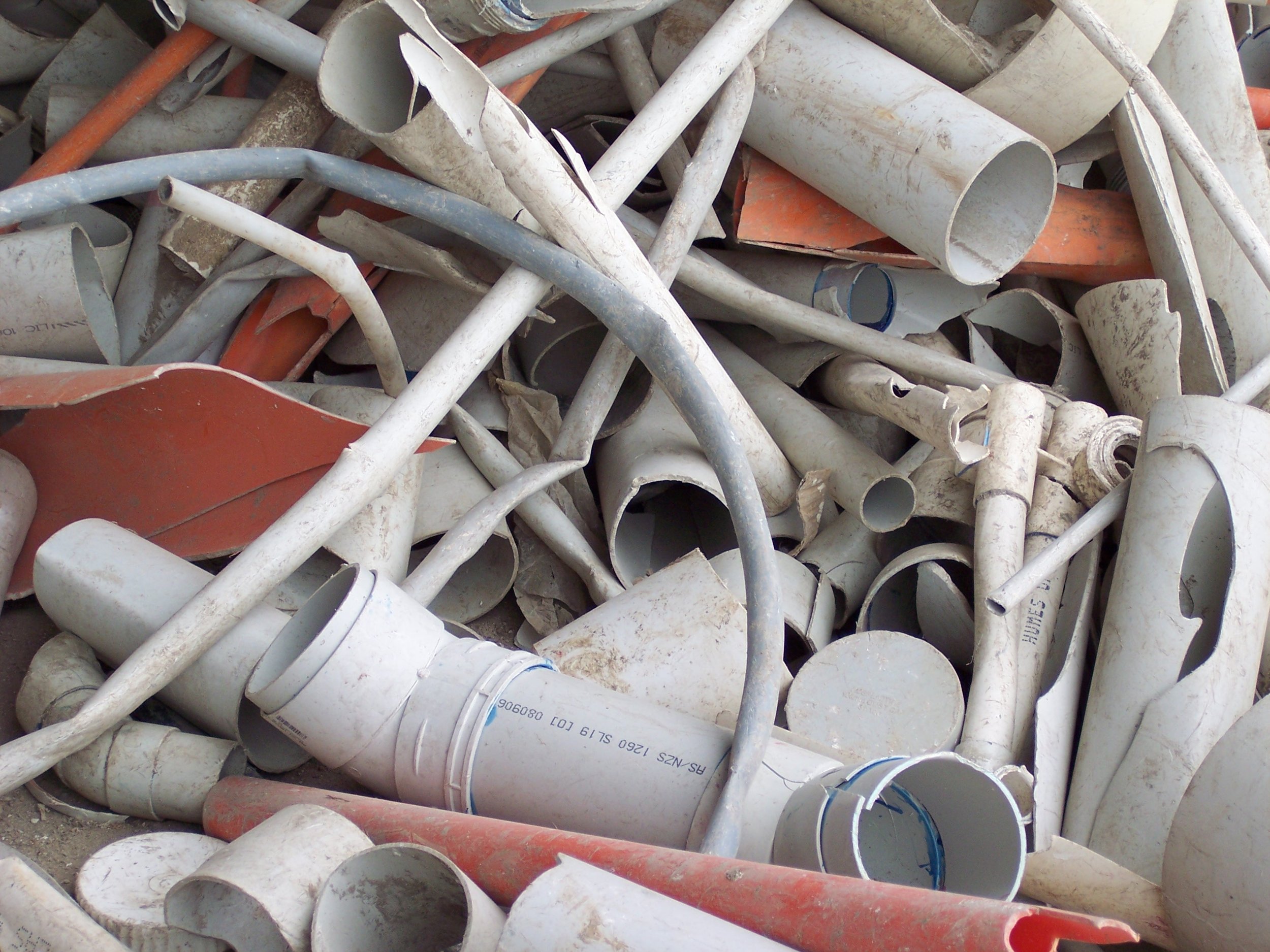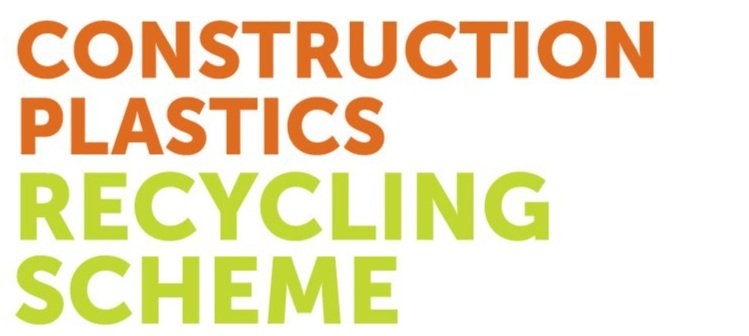
One of the scheme’s aims is to educate and change behaviours when it comes to the disposal of PVC off-cuts.
It’s important for plumbers to understand what materials are acceptable and not acceptable in the collection bins to reduce the amount of contamination.
Educating plumbers at the start of their careers is a great way to instil understanding and appreciation early about the recyclability of PVC pipe off-cuts.
We believe in starting education early, so PICAC and MPAQ are always reaching out to apprentices to talk about the recycling scheme—what it does and what it means for the industry.
What can be recycled?
PVC-U non-pressure pipe and fittings off-cuts
PVC pressure pipe and fittings off-cuts*
*Solvent cement on pipe and fittings is okay
*This includes PVC-U, PVC-M, and PVC-0
Rubber rings
Mud and stones
Marking tape/strapping
Screws or nails
Fibreglass wrapped fittings
General waste
Other pipe materials*
*Heavily soiled products cannot be accepted due to Health Regulations
*Polypropylene (Traps), Hot and Cold Systems (PEX,PB), Gas Systems PEX, Composites), Polyethylene pipes and fittings
The collection process
1
Collection bins are placed in locations.
Once the bins are full, these are collected by pipe manufacturers.
2
3
The bins are audited, sorted, and data collected, then reprocessed back to raw material, ready to be reprocessed into new PVC Pipes.
The Recycling Process
The plastics pipe industry is already recycling post-consumer waste collected from the waste stream and recycled back into pipe products, as well as scrap generated during manufacture, which is reground and fed back into the manufacturing process. This recycled material is incorporated with virgin materials at varying levels to manufacture new pipes, having the same life and performance expectations as pipes made from solely virgin materials.







